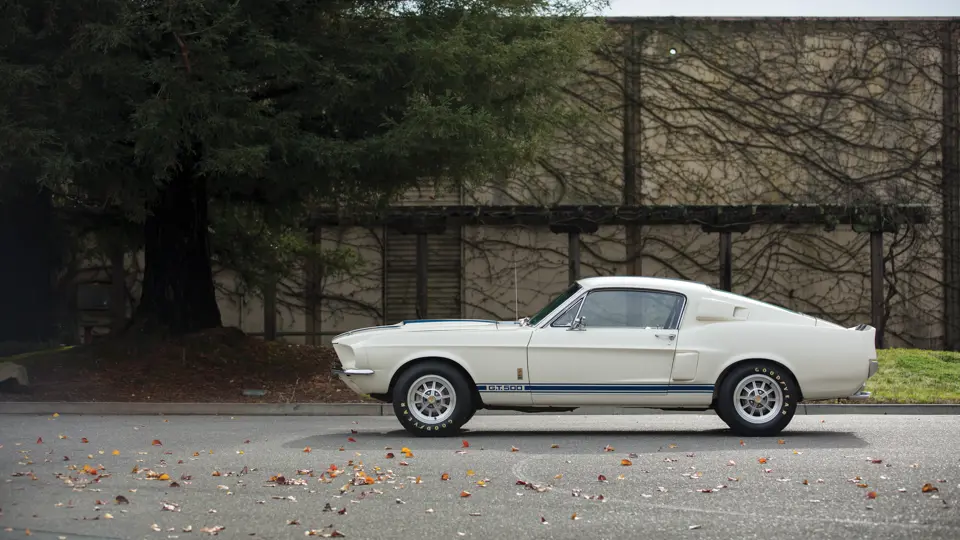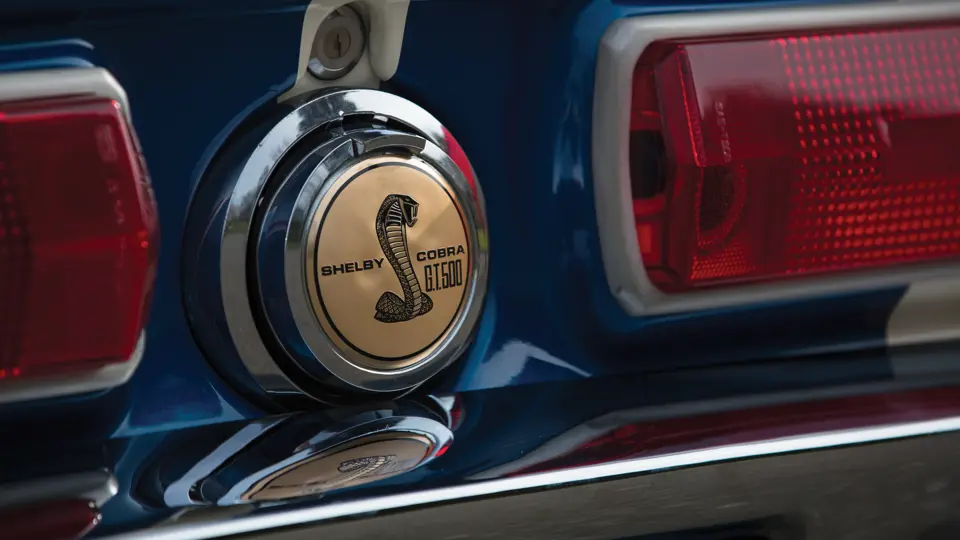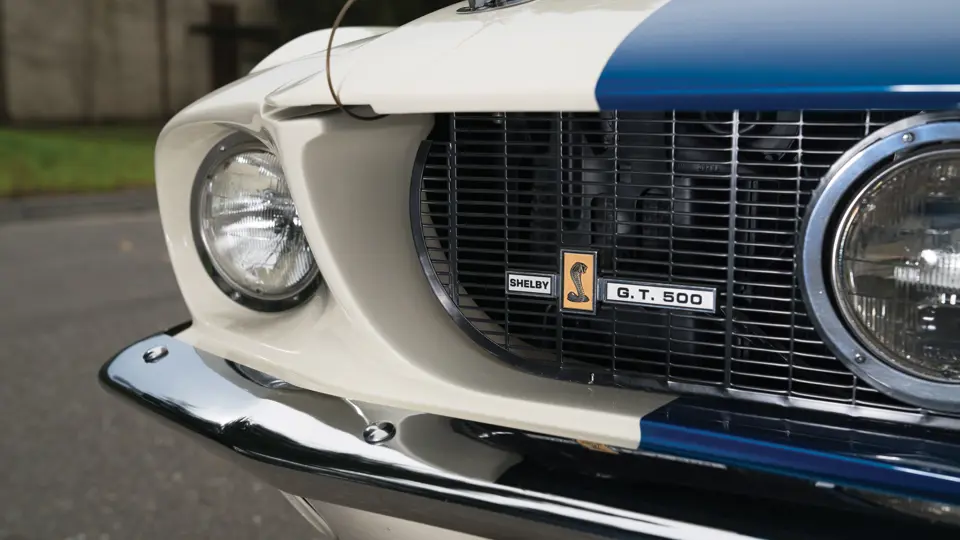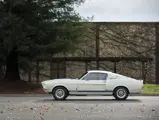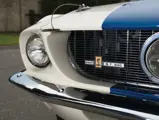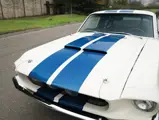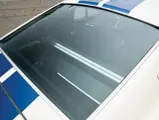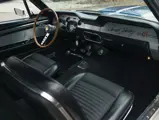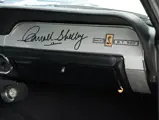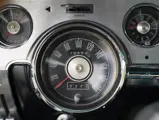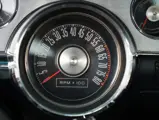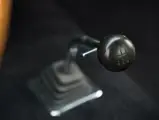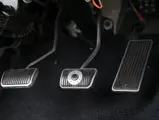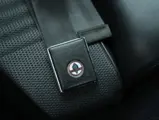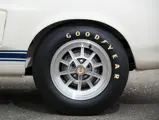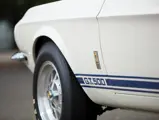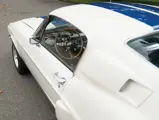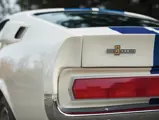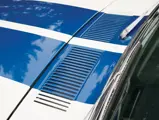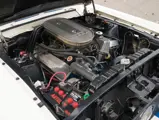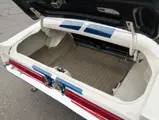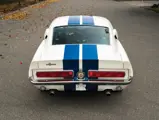355 hp, 428 cu. in. V-8 engine, four-speed manual transmission, independent front suspension with unequal-length control arms, coil springs, and anti-roll bar; live rear axle with semi-elliptical leaf springs; and front disc and rear drum hydraulic brakes. Wheelbase: 108 in.
Carroll Shelby, the renegade Texan who built and sold the legendary 289 Cobra, had the idea to apply the Shelby magic to Ford’s hot, new Mustang. It was a match made in heaven. The year 1967 brought a mildly re-contoured Mustang body. Shelby took out the grille and put a pair of high-beam lights in the cavity. Taillights were replaced by rectangular units, and the air scoops were punched into the side coves, ahead of the rear wheels.
Since the new 1967 Mustang body shell was designed to accept Ford’s 390-cubic inch big block engine, Shelby dropped the Interceptor 428 into the pony car’s engine bay and added a dual-carb intake, creating the top-of-the-line GT500. Although conservatively rated at 355 horsepower, its actual output was closer to 400 horsepower, with 420 foot-pounds of pavement-melting torque!
The GT500 looked the part too, as it had a special front end with a unique bonnet scoop and grille-mounted driving lights, which gave the Shelby Mustang an unforgettable face. In the back, rear-quarter scoops, a rear spoiler, and sequential turn signals lifted from the 1966 Thunderbird gave the car an even more powerful presence. A roll bar with inertia-reel shoulder harnesses completed the competition flavor of the car.
According to its accompanying Marti Report, the Wimbledon White over black GT500 offered here was completed at San Jose, California, on 9 February 1967 and was originally delivered to the Romy Hammes Corporation of South Bend, Indiana. It was optioned new with a four-speed manual transmission, black Décor interior, additional cooling package, courtesy light group, fold-down rear seat, power steering and power front disc brakes, and a heavy-duty battery. Today it retains the original engine, which remains correct, including the factory-specification carburetors and intake manifold.
After acquiring it in 2005, the current owner decided to completely restore the car and had Kreations Auto Body of Eureka, California, perform all the work. Today it presents absolutely beautifully and remains a fine example of a classic Shelby.
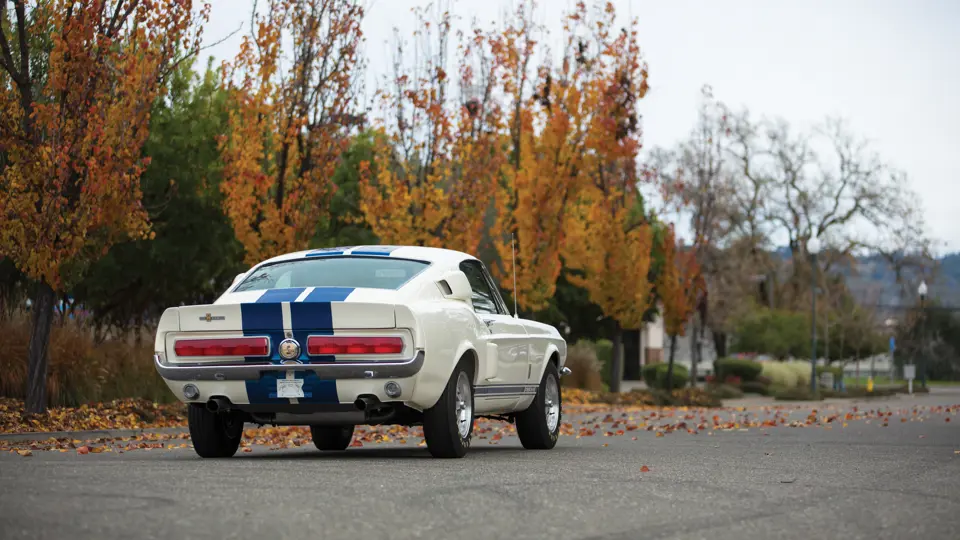



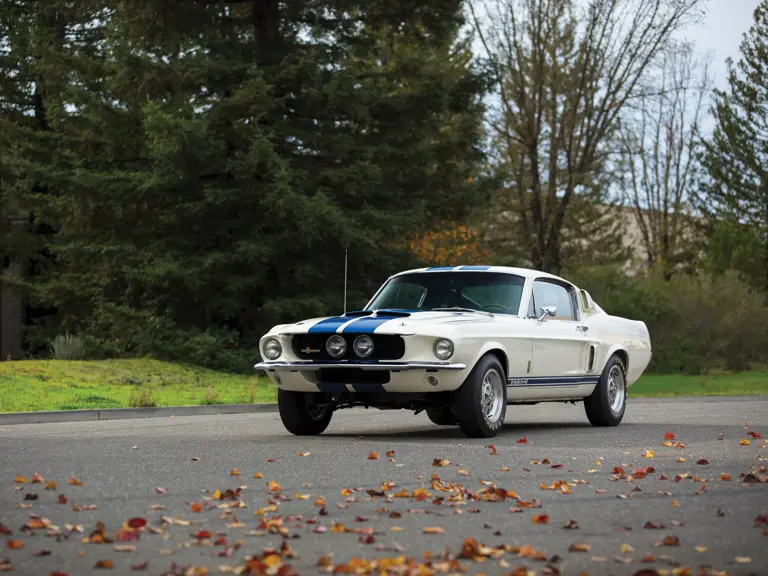
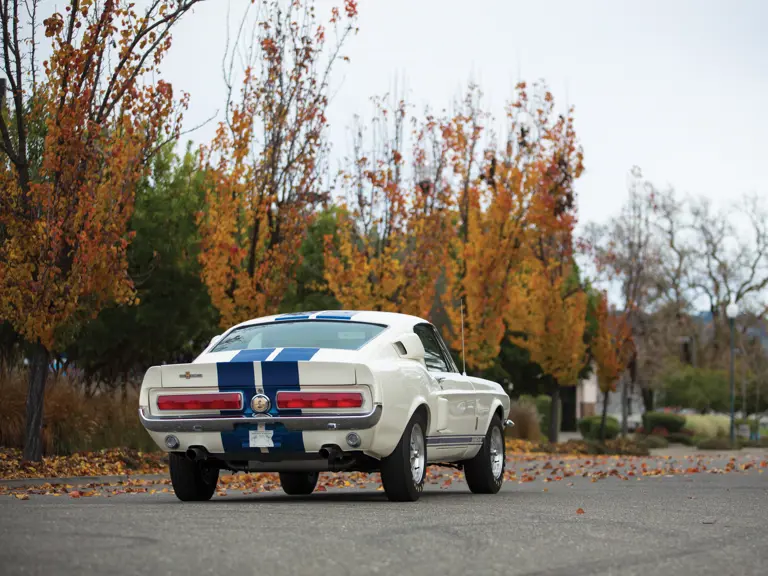
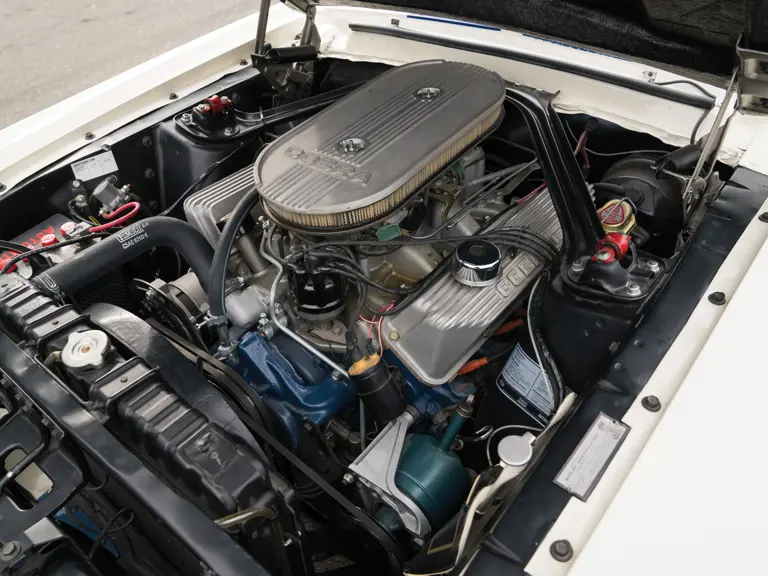
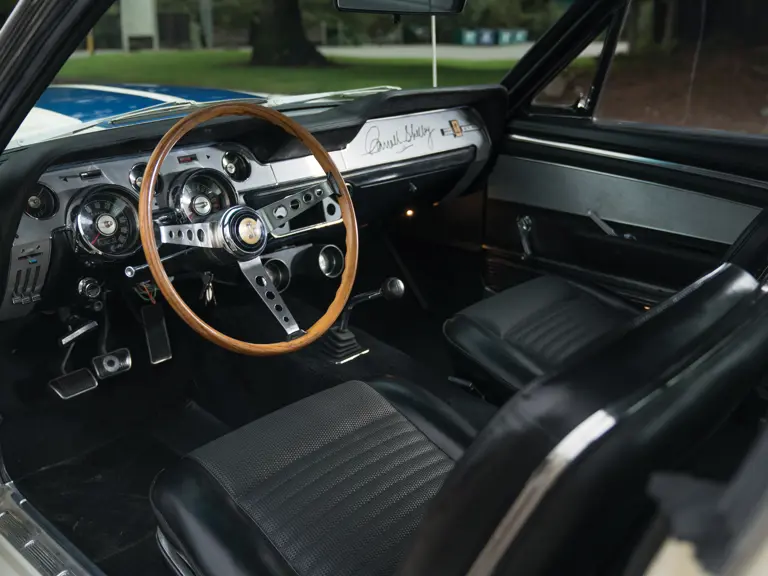
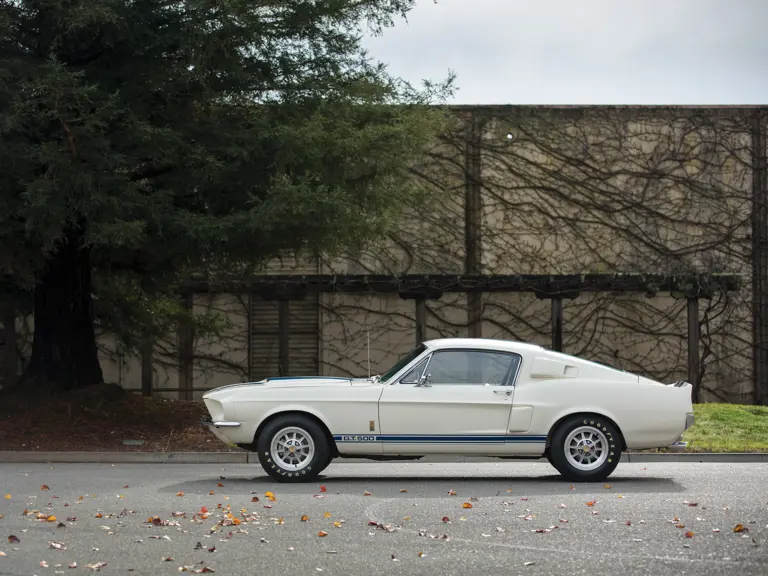
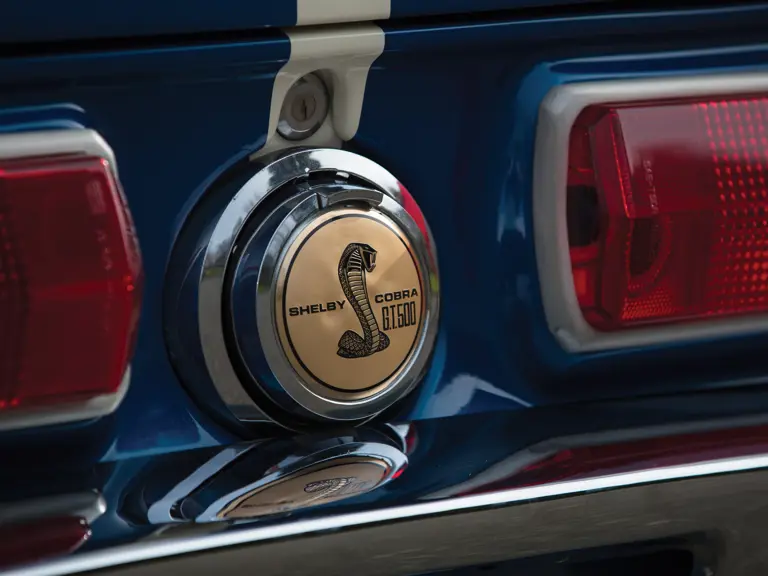

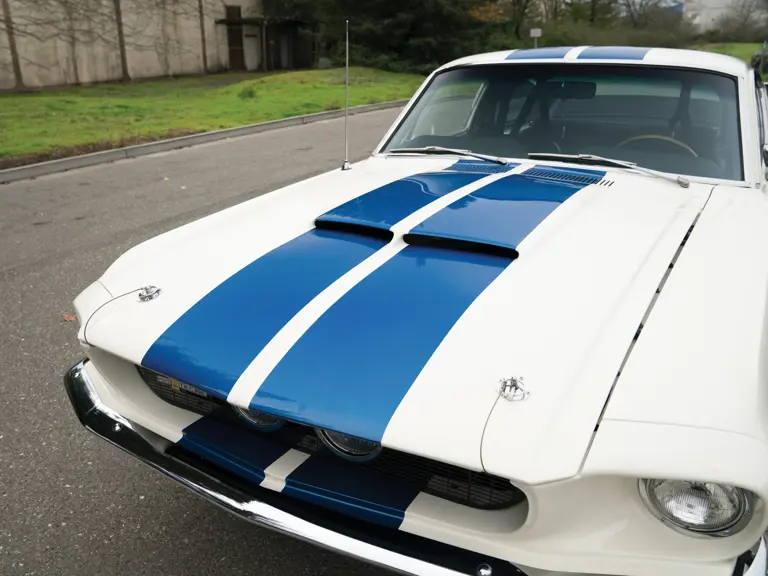

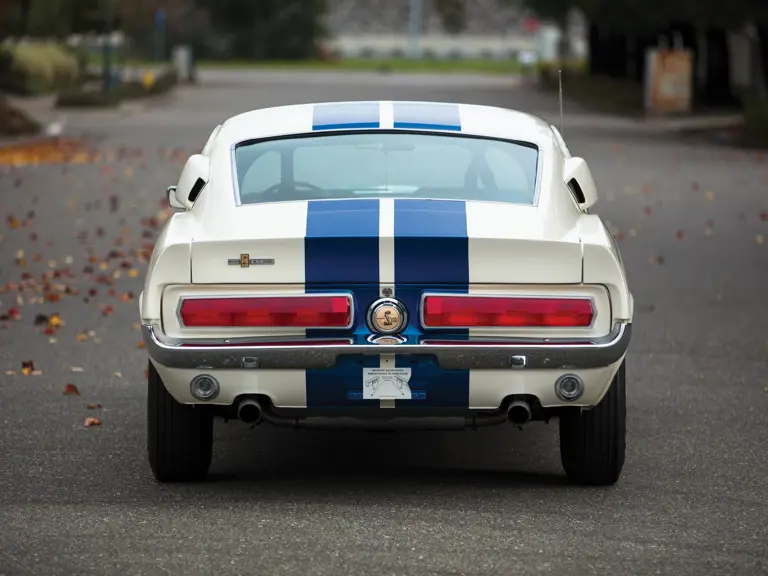
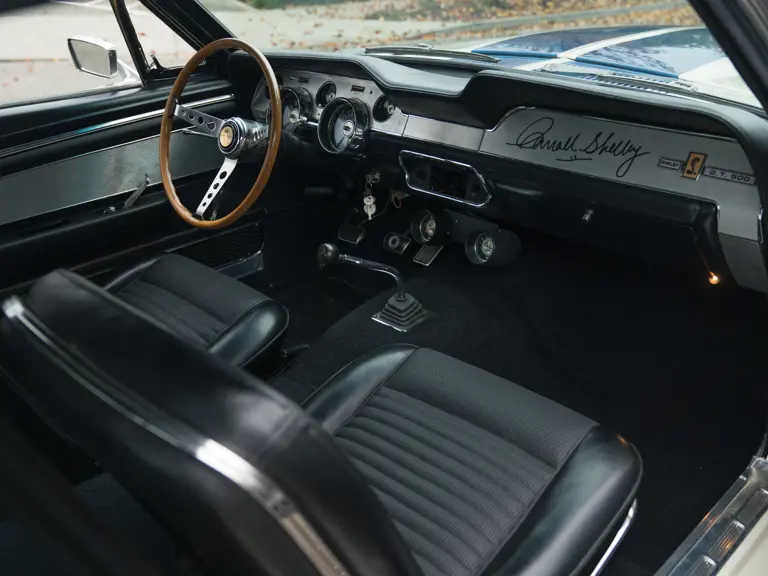
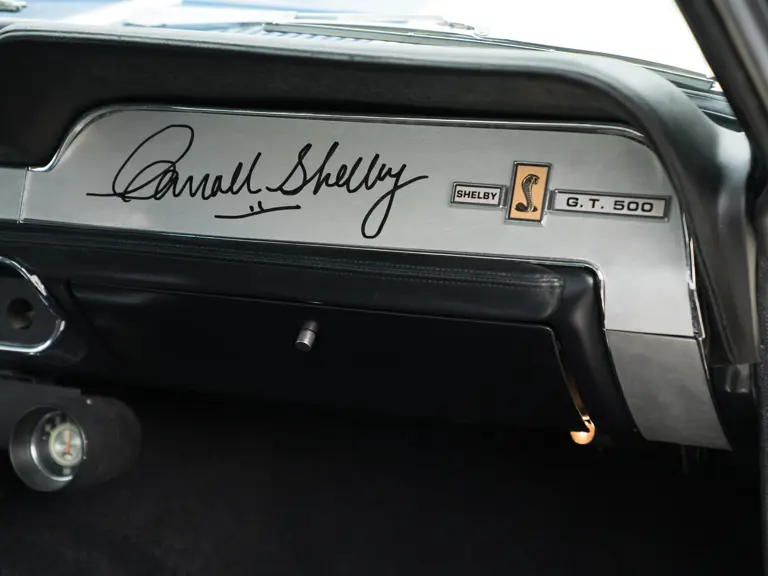


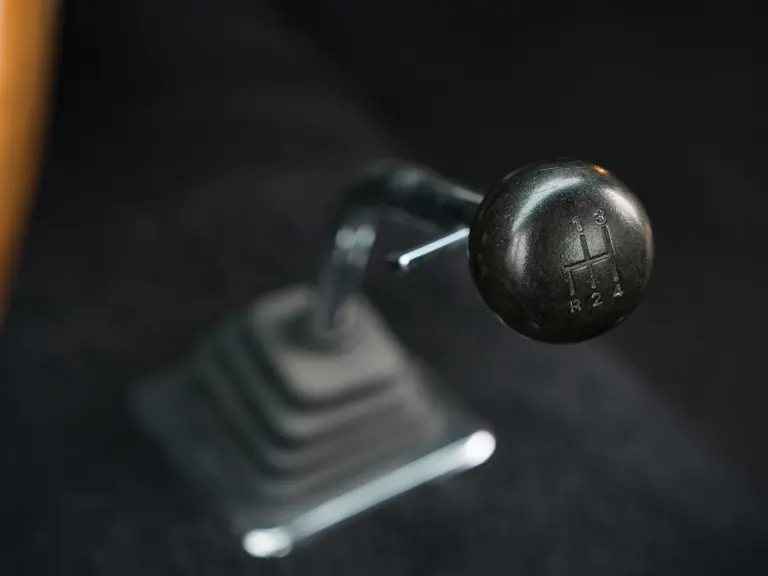
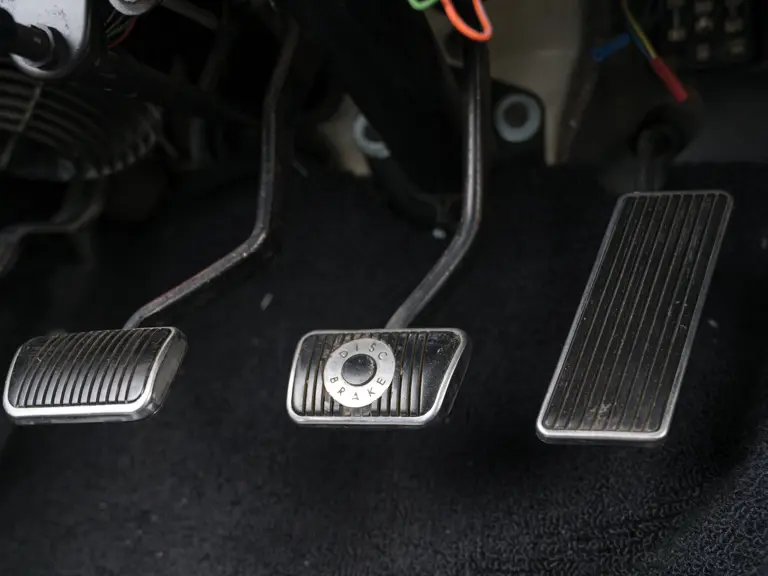
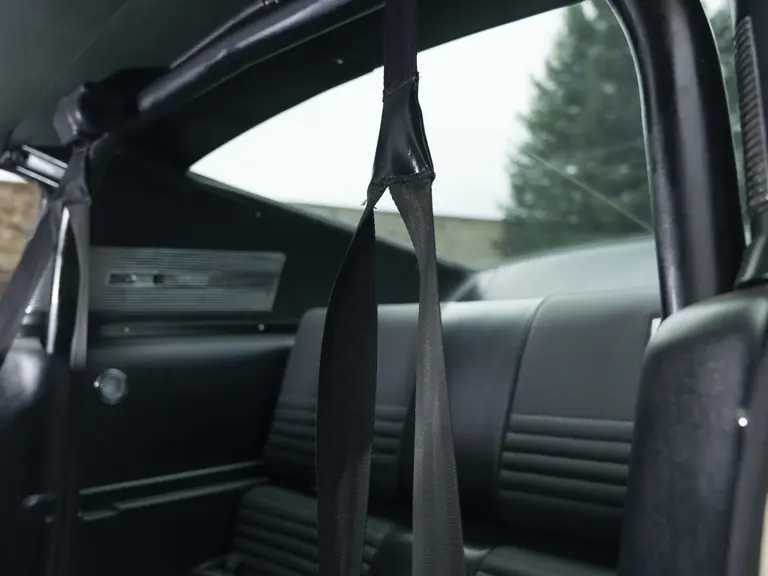
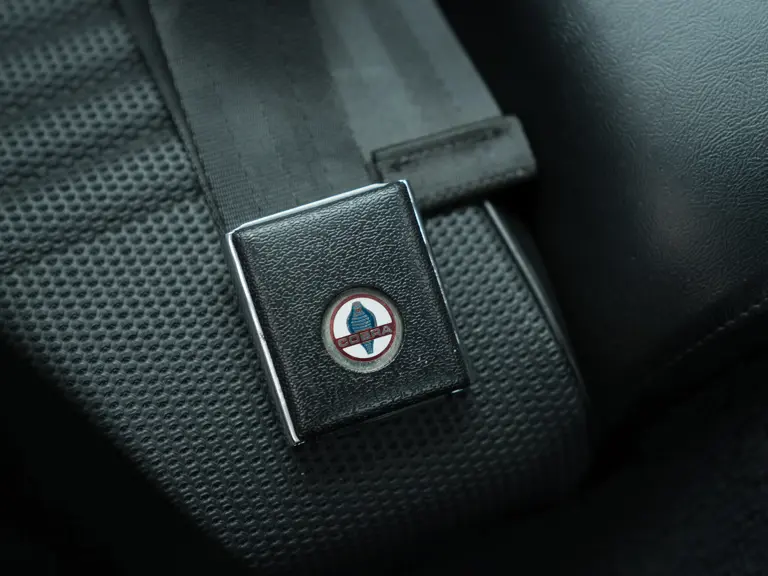
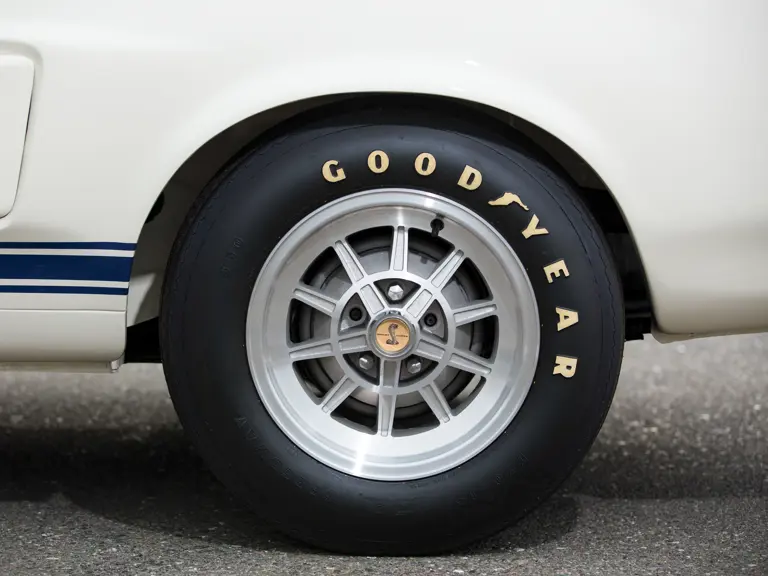

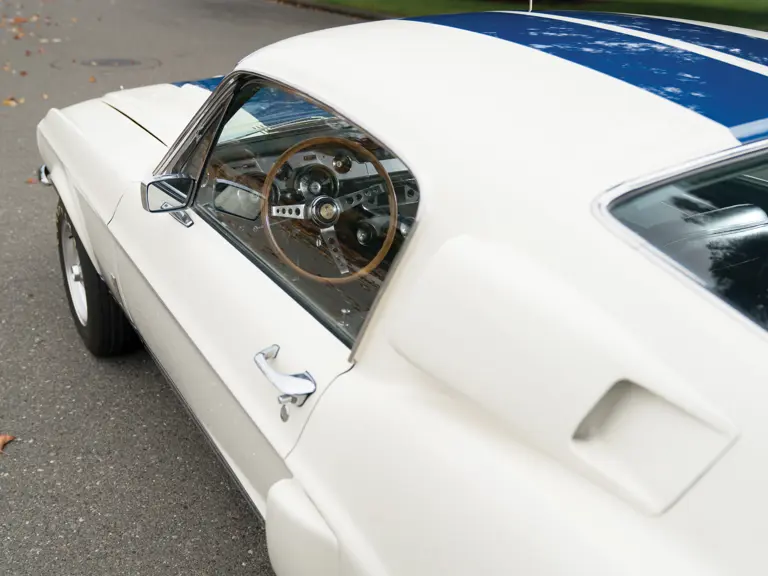

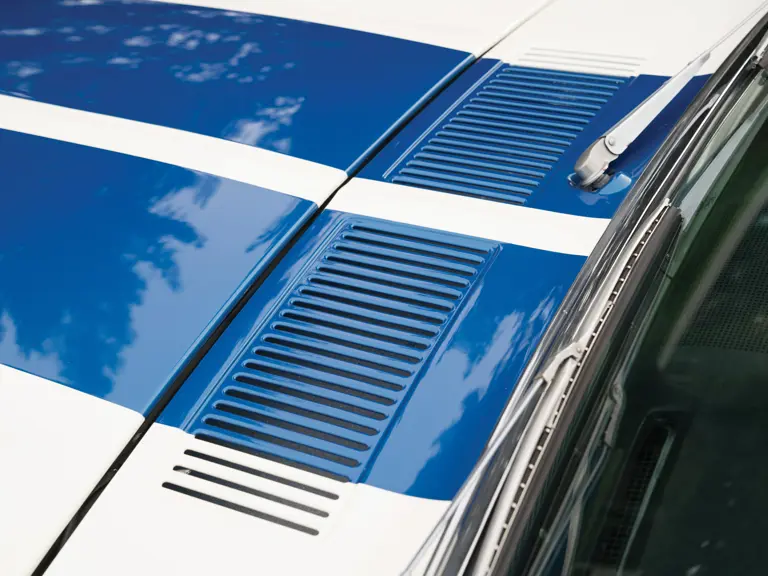
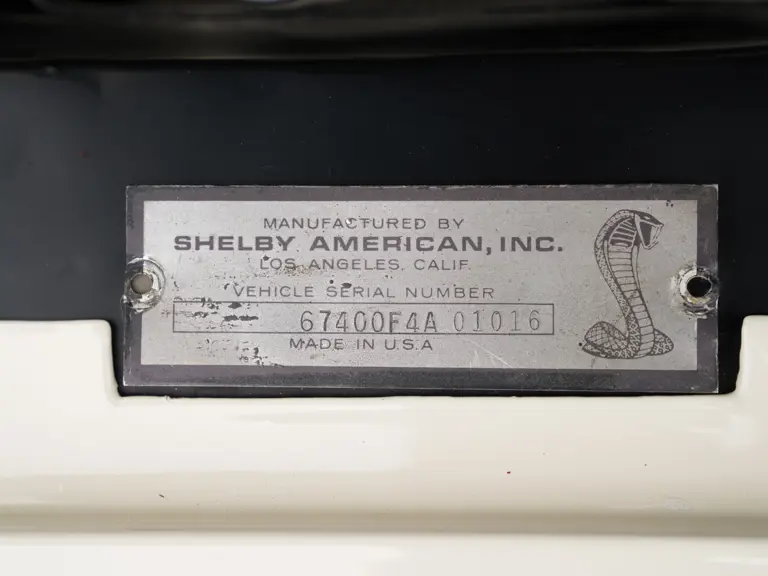
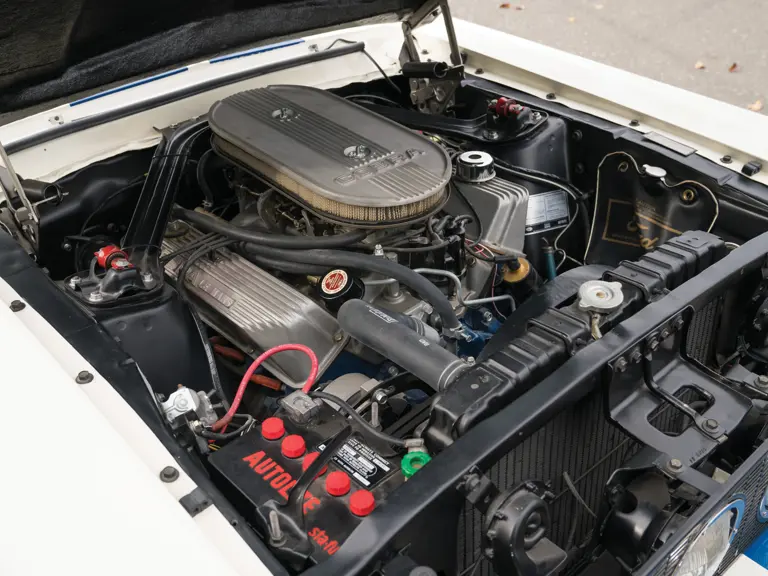
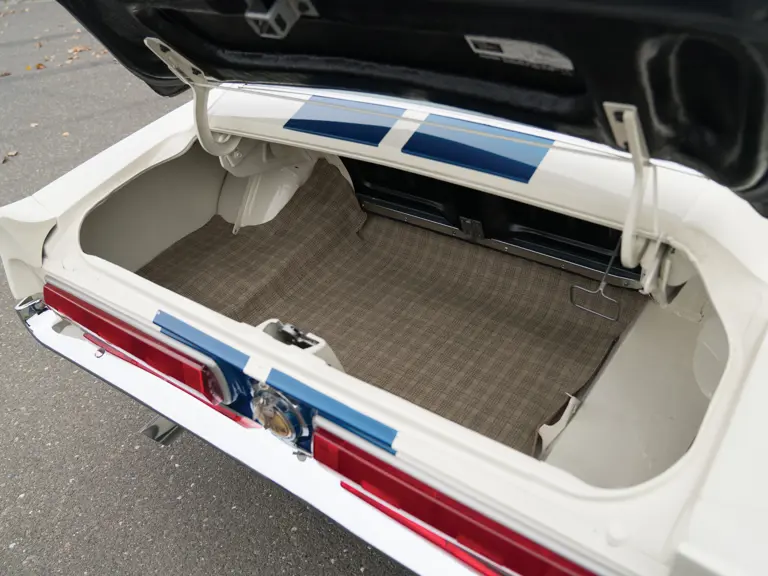
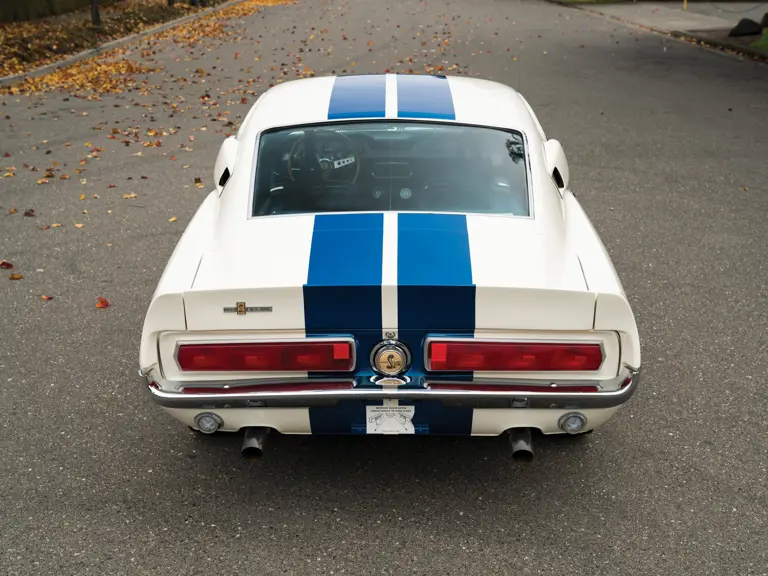
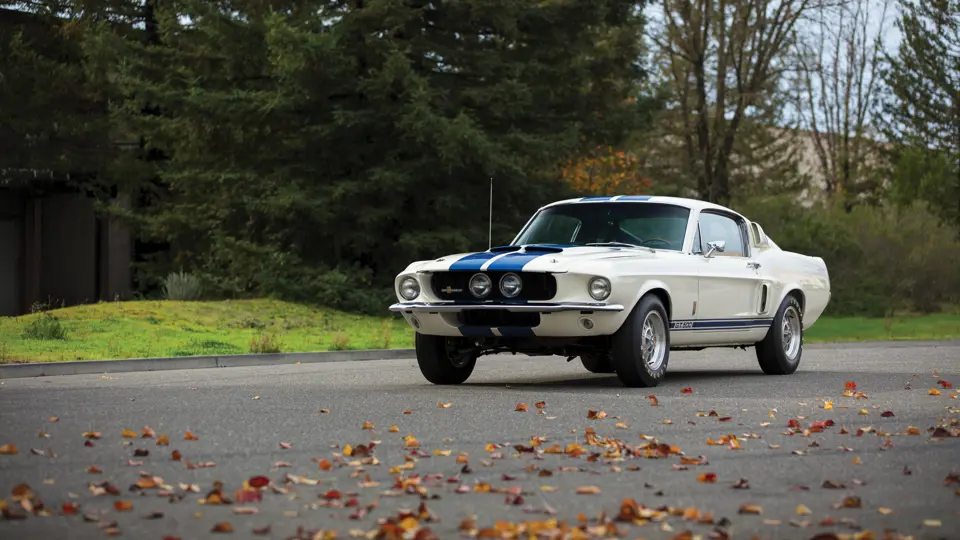
 | Phoenix, Arizona
| Phoenix, Arizona
